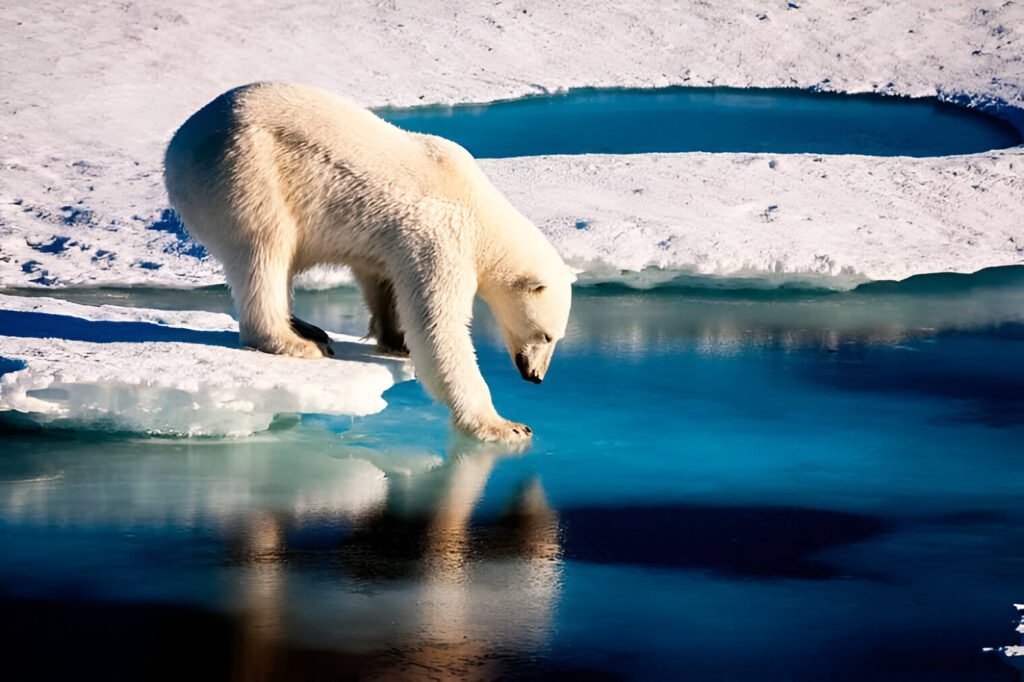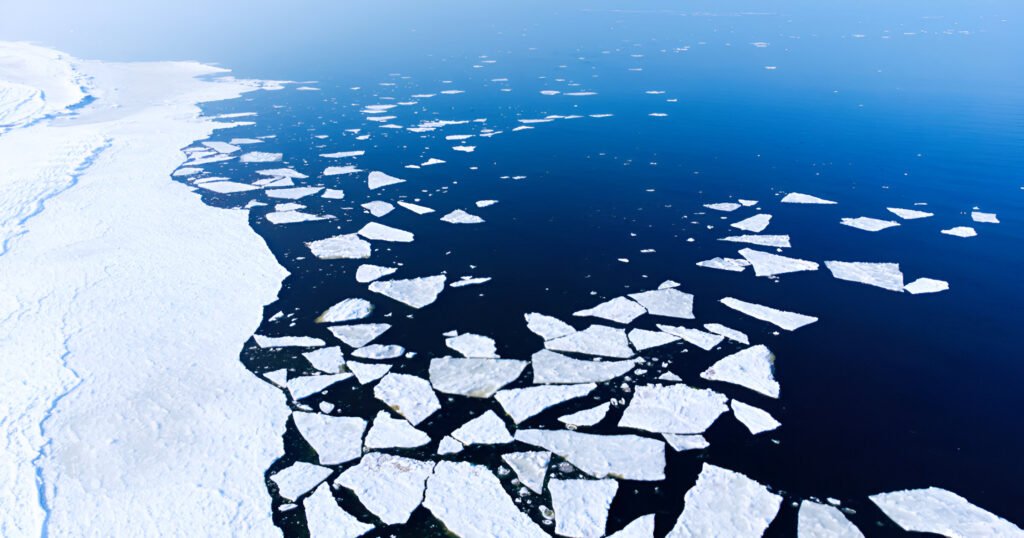
The Arctic, long considered a frozen land, is fast transforming into a geopolitical hotspot. With the evolving climate, it has accelerated the melting of polar ice, huge untapped reserves of oil, natural gas, rare earth minerals, and new shipping routes are being discovered. This once-isolated region is now the center point of a rising silent global power struggle. Something that could reshape international relations in the 21st century.
The Arctic’s Hidden Wealth
The U.S. Geological Survey estimates that the Arctic region has about 13% of the world’s undiscovered oil and 30% of untouched natural gas. Adding to this, there is an increasing accessibility towards rare earth minerals. Essential for everything starting from smartphones to electric vehicles and it’s really evident to see why global powers are so much interested in the Arctic. As the ice meltsdown, so does the physical barrier of extraction, making these resources increasingly feasible and profitable as well to exploit.
The Race for Control
Countries placed around or near the Arctic including the United States, Russia, Canada, Denmark (via Greenland), and Norway are aggressively asserting their dominant claims. The melting ice has also unlocked newer sea routes like the Northern Sea Route (NSR) along Russia’s coast, drastically reducing shipping times between Asia and Europe. This has sparked a strategic fight to control vital choke points and ensure national access to Arctic trade and resources.x`
Russia has been the most active among the countries. It has significantly boosted its military in the Arctic presence by reopening old Soviet bases, deploying icebreaker ships, and conducting high-profile military drills which might be a cause of worry for some countries. Moscow’s goal is clear, they want to dominate the Northern Sea Route and position themselves as a central Arctic power.
U.S. and NATO’s Response
In response, the U.S. and its NATO allies are increasing their focus on the Arctic. The Pentagon has shifted their focus on the region’s growing strategic importance, especially in terms of energy and for the great-power competition from their oldest rivals Russia. NATO countries are concerned about Russia’s militarization of the Arctic and also with China’s growing ambitions in the region, even though China is not an Arctic state still they are showing huge intrest in the region.
The U.S. has recently revived its Cold War-era Arctic strategies. From holding joint military exercises with allies like Canada and Norway. Huge investments are being made by the US and their NATO allies to match Russian dominance in the region.

China’s Arctic Ambitions
While they are not really an Arctic state, China has declared itself a “near-Arctic nation” and pushing for inclusion in governing the region through economic investment and diplomacy. It has funded the Arctic infrastructure which includes ports and research stations, and is keen on exploring the resources and trade potential.
Beijing’s presence is seen with suspicion by many Western powers, who view this as a part of a broader strategy to expand their influence in critical regions under the name of scientific exploration and commercial cooperation.
Environmental & Indigenous Concerns
Amid this geopolitical shuffle, environmentalists and Indigenous communities are raising the alarm bells. Also the Arctic ecosystem is extremely fragile, and any resource extraction or increased shipping traffic could have drastic effects on biodiversity and the global climate system of the entire region.
Moreover, local people who have inhabited the Arctic for centuries fear this as global powers make decisions over the part of lands they used to call theirs historically without any consultation. They are calling for their valid rights and consultation before doing any sort of exploration of Arctic.
A Cold War in the Making?
With various international interests converging, the Arctic has become a flashpoint that could trigger srious diplomatic conflict. The Arctic Council who were once a peaceful platform for dialogue and cooperation are now showing signs of strain amid the Ukraine war and rising East-West tensions.
What was once a frozen and distant region is now centre point of energy politics, environmental debate, and global strategy. As the ice melts, the race for dominance heats up and so do the risks.









